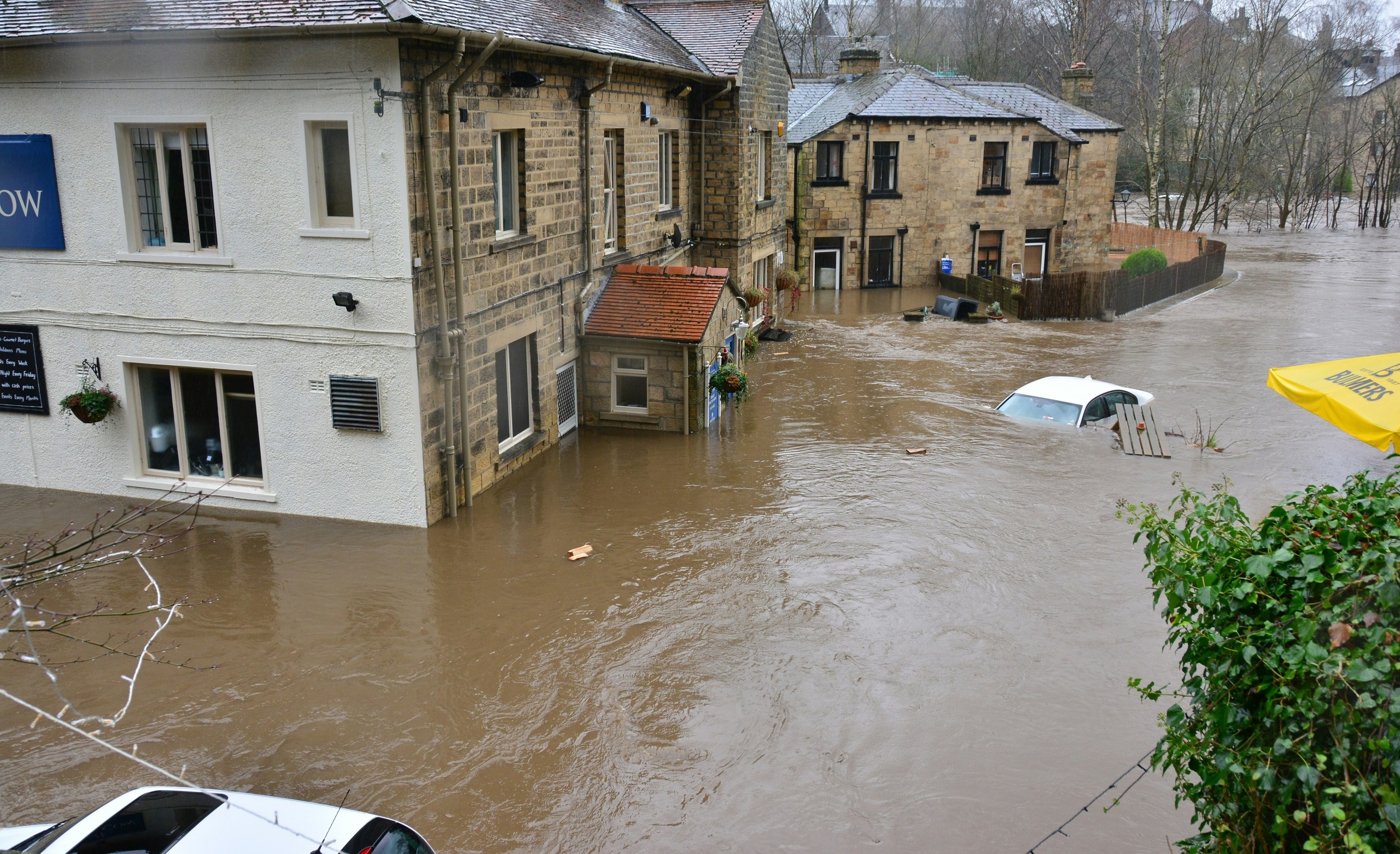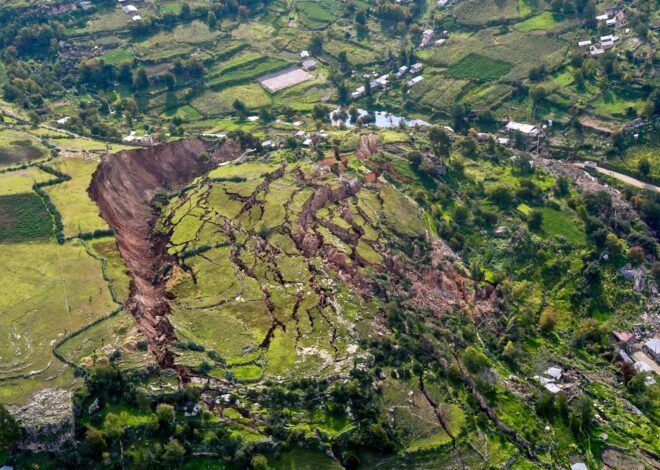
How To Survive In A Flood
Welcome to our comprehensive guide on how to survive in a flood! Floods can be unpredictable and devastating natural disasters that require careful preparation and quick thinking.
By understanding the causes of floods, creating an emergency plan, and knowing how to secure your home, you can significantly increase your chances of staying safe during a flood event.
So, let’s dive in (pun intended) and learn how to navigate through the waters when faced with this challenging situation!
Understanding Floods and Their Causes
Floods are natural disasters that occur when an area experiences an overflow of water, often due to heavy rainfall, melting snow, or overflowing rivers. These events can happen suddenly and with little warning, causing widespread damage to homes, infrastructure, and communities.
The main causes of floods include intense or prolonged periods of rainfall that lead to saturated soil unable to absorb more water. Additionally, factors such as deforestation, urbanization, and poor drainage systems can exacerbate the risk of flooding in certain areas.
Understanding the different types of floods is crucial for preparedness. Flash floods occur rapidly with little warning after heavy precipitation or a dam breakage. Riverine floods result from river overflows due to excessive rainwater or snowmelt upstream.
Coastal flooding happens along coastlines during storms or high tides when strong winds push seawater inland. By recognizing these various flood types and their causes, individuals can better prepare themselves for potential threats posed by rising waters.
Creating an Emergency Plan
When it comes to surviving a flood, having an emergency plan in place is crucial. Start by identifying escape routes from your home and neighborhood. Consider multiple options in case some are blocked or flooded.
Designate meeting points for family members in case you get separated during the chaos of a flood. Also, have a communication plan established – ensure everyone knows how to reach each other and where to meet up.
Keep important documents like insurance policies, identification papers, and medical records in waterproof containers that are easily accessible. It’s also wise to create digital copies stored securely online.
Discuss the emergency plan with your household regularly so that everyone is familiar with what needs to be done if a flood occurs. Practice drills can help reinforce these actions so they become second nature when needed most.
Include provisions for pets in your emergency plan as well – make sure you have supplies and arrangements for their safety too. Being prepared beforehand can make all the difference when faced with the unexpected challenges of a flood situation.
Preparing Your Home for a Flood
When it comes to preparing your home for a flood, taking proactive steps can make all the difference in keeping your loved ones and property safe. Start by waterproofing basements and lower levels of your house. Seal any cracks or openings where water could seep in during a flood. Consider installing a sump pump as an added layer of protection.
Elevate appliances, electrical outlets, and switches above potential flood levels to prevent damage from rising waters. Store important documents and valuables in waterproof containers on higher shelves or floors. It’s also wise to have emergency supplies like non-perishable food, water, flashlights, batteries, and a first aid kit readily accessible.
Create a family emergency plan that includes evacuation routes and meeting points outside the home. Stay informed about local weather alerts and heed evacuation orders if they are issued. By taking these precautions ahead of time, you can minimize the impact of a flood on your home and increase your chances of staying safe during challenging times ahead
Essential Supplies to Have on Hand
When it comes to surviving a flood, being prepared is key. One of the most important things you can do is to have essential supplies on hand in case of an emergency.
Start by having a waterproof container with important documents like identification, insurance policies, and any medical records. These will come in handy if you need to evacuate quickly.
Non-perishable food items such as canned goods, protein bars, and dry snacks are crucial for sustaining yourself during a flood when access to fresh food may be limited. Don’t forget about a manual can opener!
Water is essential for survival so make sure you have at least one gallon per person per day for at least three days. Having water purification tablets or filters can also be helpful if your water supply becomes contaminated.
A first aid kit with basic supplies like bandages, antiseptic wipes, pain relievers, and any necessary prescription medications should not be overlooked. Additionally, pack extra batteries and flashlights in case of power outages.
Include personal hygiene items like toiletries, feminine products (if needed), and sanitation supplies such as moist wipes and garbage bags in your emergency kit. Being prepared with these essentials can make all the difference when facing a flood situation!
Evacuation Tips and Strategies
When faced with a flood, evacuation may become necessary for your safety. Stay informed through local authorities and weather alerts to know when it’s time to evacuate. Plan ahead and identify multiple evacuation routes in case one is blocked or flooded.
Pack essential items like important documents, medications, clothing, food, water, and cash in a waterproof bag. Don’t forget about your pets; have supplies ready for them too.
Follow evacuation orders promptly – don’t wait until the last minute when conditions worsen. Keep emergency contacts handy and inform someone outside of the affected area where you’re heading.
If driving during an evacuation, avoid flooded roads as even shallow water can be dangerous. Be cautious of debris and downed power lines on the roadways. Stick to designated evacuation routes for safety reasons.
Stay calm during the process and follow instructions from emergency personnel diligently. Respecting their guidance can make a significant difference in ensuring everyone’s well-being during this challenging time.
Coping with the Aftermath of a Flood
The aftermath of a flood can be overwhelming and emotional. It’s important to prioritize your safety and well-being during this challenging time. As you return to your home after a flood, take precautions and watch out for any structural damage that may have occurred.
Remember that it’s normal to feel stressed or anxious in the aftermath of a natural disaster like a flood. Reach out for support from friends, family, or professional counseling services if needed. Cleaning up after a flood can be physically demanding, so remember to pace yourself and take breaks when necessary.
Document any damage to your property by taking photos or videos for insurance purposes. Be cautious of potential hazards like contaminated water, mold growth, or unstable structures in your home. Consider seeking assistance from disaster relief organizations or government agencies for additional support.
While coping with the aftermath of a flood is challenging, remember that you are not alone in this process. Stay informed about resources available in your community and lean on others for help during this difficult time.
Conclusion: Staying Safe and Prepared for Future Floods
Remember, being prepared is key to surviving a flood. By understanding the causes of floods, creating an emergency plan, preparing your home, stocking essential supplies, knowing evacuation strategies, and coping with the aftermath, you can increase your chances of staying safe during a flood. Stay vigilant, stay informed, and always prioritize safety for yourself and your loved ones.
Stay safe and be prepared for whatever challenges may come your way in the face of future floods. Your proactive actions today could make all the difference tomorrow. Take charge of your safety and well-being by implementing these tips to survive in a flood effectively.



